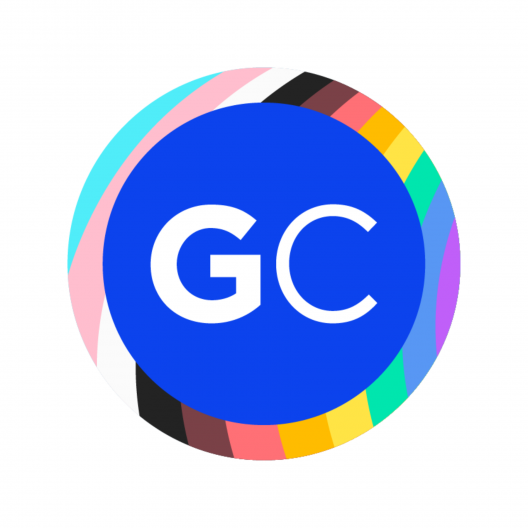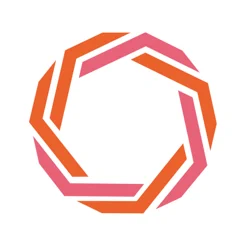
Designing For Diversity
Business
Designing for diversity requires the right culture, an appetite for taking action and the bravery to learn on the go
Author: Lena Tailor, Diversity and Inclusion Director, GoCardless
I recently had the privilege of moderating a conversation around how we can get better at designing technology products to fit the needs of diverse customer bases.
Hosted by the Pride Group here at GoCardless, the discussion explored issues such as accessibility, gender, and sexuality, and how more consideration for what makes us different as people results in better products for everyone. We were joined by speakers from a range of leading London-based and global tech companies:
- Raemarie Leed — Senior product designer at Onfido, the pioneering identity verification company
- Alexia de Broglie — Co-founder at Your Juno, the first financial education service for women and non-binary people
- Stephan Heinz — Chief strategy officer at myGwork, the LGBT business community platform
- Yingshun Wong — Senior product designer at Expedia, the leading online travel specialist
In just over an hour we ranged far and wide across the topic of what it takes to design for universal access, and the difference between diversity and inclusion. As one of our attendees memorably put it: diversity is inviting other people to the party – inclusion is inviting them to dance with you. (Well said: there isn’t enough dancing in tech.)
The discussion turned out to be even more valuable than we hoped. Among the key talking points, learnings and takeaways, the aspects that caught my eye included:
- The importance of team culture. Tech solutions are products of the cultures that create them. No one is going to disagree with building products that everyone can use, but if team or company culture doesn’t make diversity an early feature of the process then it won’t shine through. And there’s a business case here, too: retrospective fixes are difficult to achieve and even more costly.
- Diverse teams create diverse cultures… and inclusive products. Designing for accessibility and inclusivity is basically putting yourself in the shoes of all the other people you are not. The more diverse your team, the more likely they are to think differently from you or their leaders – and the better they will be at walking in the shoes of others. It might make management harder but it makes products better… something to think about for your next hire.
- Embrace disagreement and be sceptical of data. Next time you don’t agree with someone, try going along with them to see whether a deeper understanding of the design challenge emerges. And don’t be beholden to data to either resolve these disagreements or navigate design challenges. Data sets full of unconscious bias are a big culprit for many non-inclusive designs that we see today, from the default temperatures in hospitals and the design of airbags and seatbelts that favour men over women; to the bias in facial recognition technology that discriminates against minorities.
- Start soon, do your best, ask questions – and ask for help. Designing for diversity and inclusion is not necessarily about designing for everyone, right away. Trying to do so will only lead to analysis paralysis. So start now, try your best and realise you will make mistakes, but that’s OK… if you learn from them. If you don’t know where to start, ask questions and definitely ask for help from any of the many awareness and interest groups out there. Remember: it’s risky to speak for people, and often more alienating than not representing them at all.
As one of our panellists noted, no one has all the answers to the tricky issues around diversity. But the more we talk and listen, the more opportunities we’ll have to keep expanding inclusivity.

